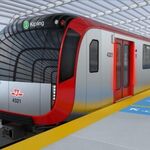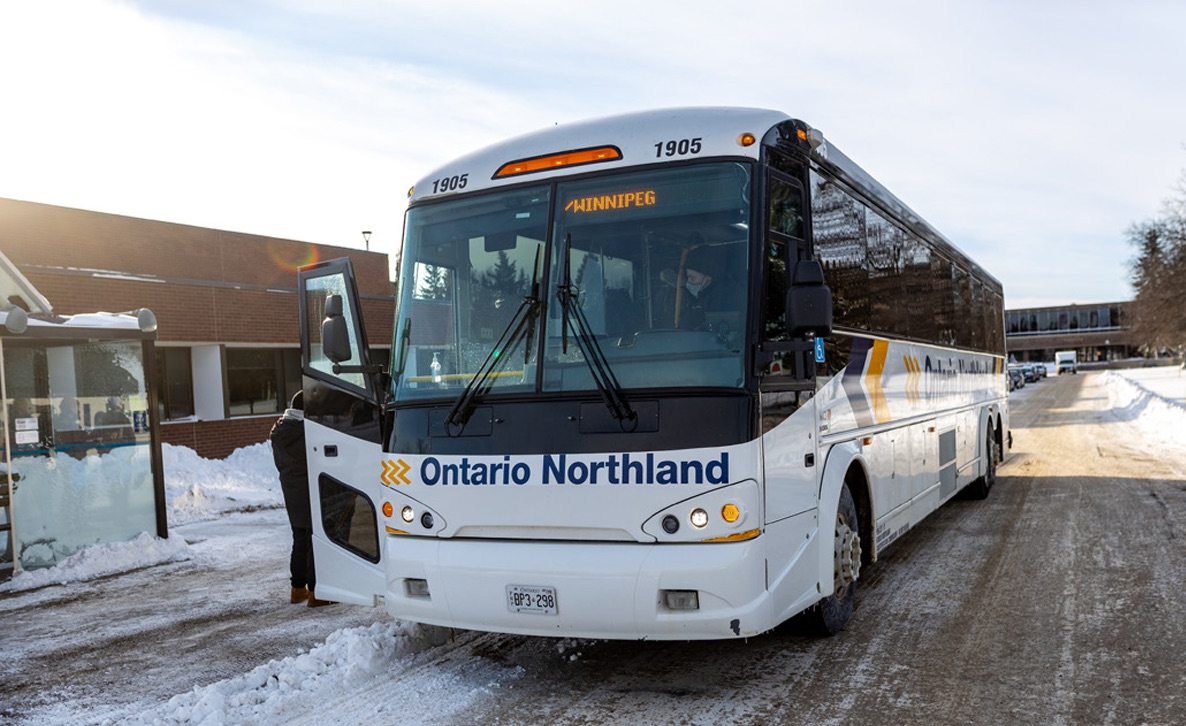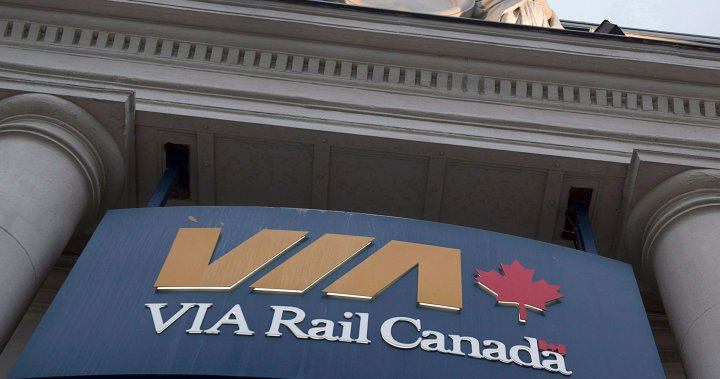roger1818
Senior Member
Notice how all routes are not the same. If what you said was true, they should be.
Not at all. The per passenger carbon emissions of a vehicle are directly proportional to its weight and inversely proportional to number of passengers transported. The vast majority of a passenger vehicle’s mass is the vehicle itself, so if it transports more passengers, the per passenger carbon emissions will be lower.
Sleeper cars are particularly inefficient as they can’t carry as many passengers per kg as a coach. Similarly, routes that aren’t very popular are also not very efficient, as you have a very heavy vehicle with few passengers.






